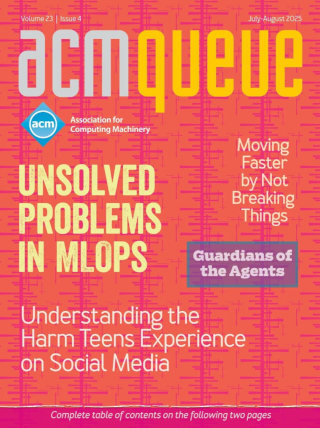David Collier-Brown - You Don't Know Jack about Bandwidth
Bandwidth probably isn't the problem when your employees or customers say they have terrible Internet performance. Once they have something in the range of 50 to 100 Mbps, the problem is latency, how long it takes for the ISP's routers to process their traffic. If you're an ISP and all your customers hate you, take heart. This is now a solvable problem, thanks to a dedicated band of individuals who hunted it down, killed it, and then proved out their solution in home routers.
Geoffrey H. Cooper - Device Onboarding using FDO and the Untrusted Installer Model
Automatic onboarding of devices is an important technique to handle the increasing number of "edge" and IoT devices being installed. Onboarding of devices is different from most device-management functions because the device's trust transitions from the factory and supply chain to the target application. To speed the process with automatic onboarding, the trust relationship in the supply chain must be formalized in the device to allow the transition to be automated.
Brian Eaton, Jeff Stewart, Jon Tedesco, N. Cihan Tas - Distributed Latency Profiling through Critical Path Tracing
Low latency is an important feature for many Google applications such as Search, and latency-analysis tools play a critical role in sustaining low latency at scale. For complex distributed systems that include services that constantly evolve in functionality and data, keeping overall latency to a minimum is a challenging task. In large, real-world distributed systems, existing tools such as RPC telemetry, CPU profiling, and distributed tracing are valuable to understand the subcomponents of the overall system, but are insufficient to perform end-to-end latency analyses in practice.
David Crawshaw - Everything VPN is New Again
The VPN (virtual private network) is 24 years old. The concept was created for a radically different Internet from the one we know today. As the Internet grew and changed, so did VPN users and applications. The VPN had an awkward adolescence in the Internet of the 2000s, interacting poorly with other widely popular abstractions. In the past decade the Internet has changed again, and this new Internet offers new uses for VPNs. The development of a radically new protocol, WireGuard, provides a technology on which to build these new VPNs.
Comments
(newest first)
hello sir i m IT final student i want to make a project on parralel protocal i dont hv idea hw to make it i just want to make it as a research work plz help me sir



